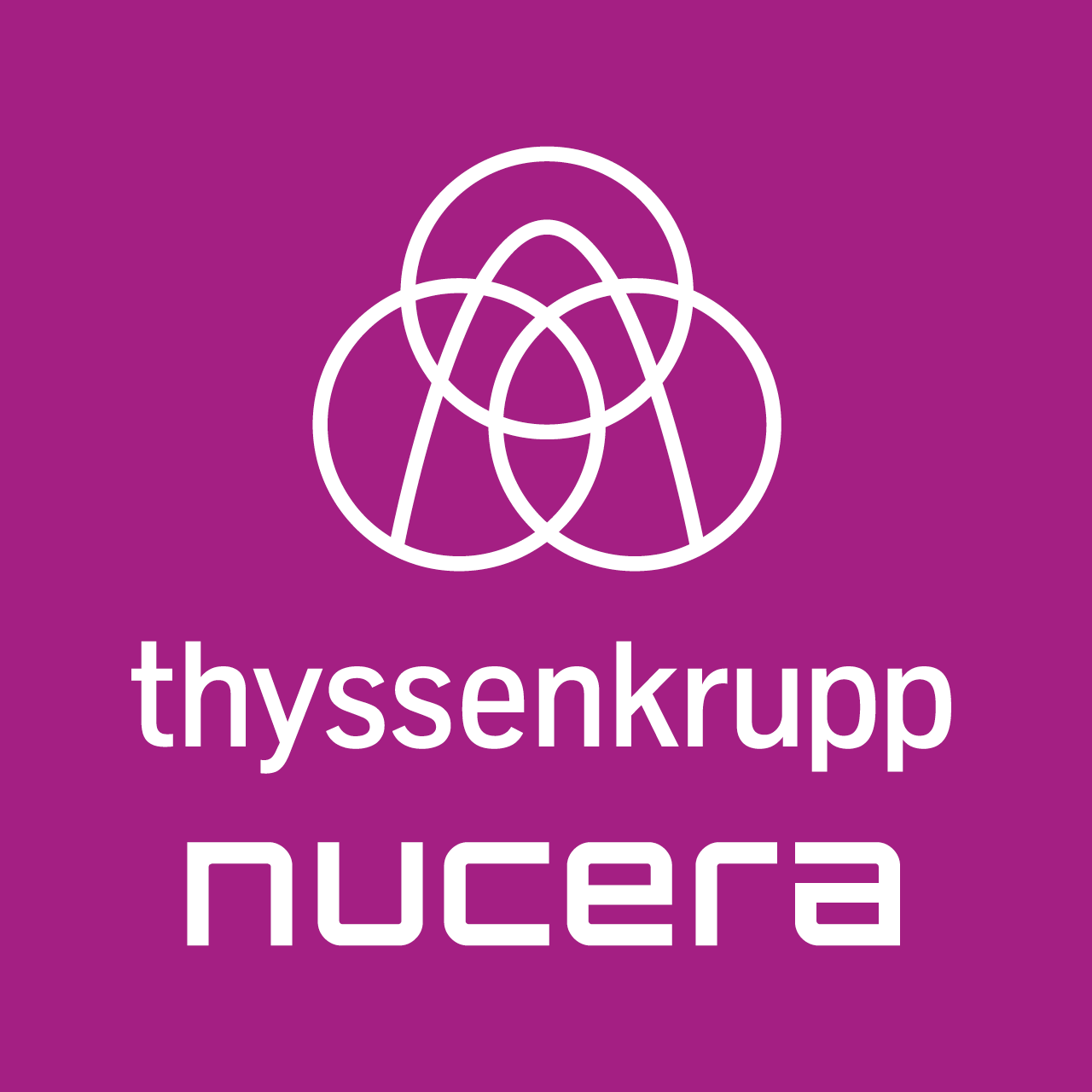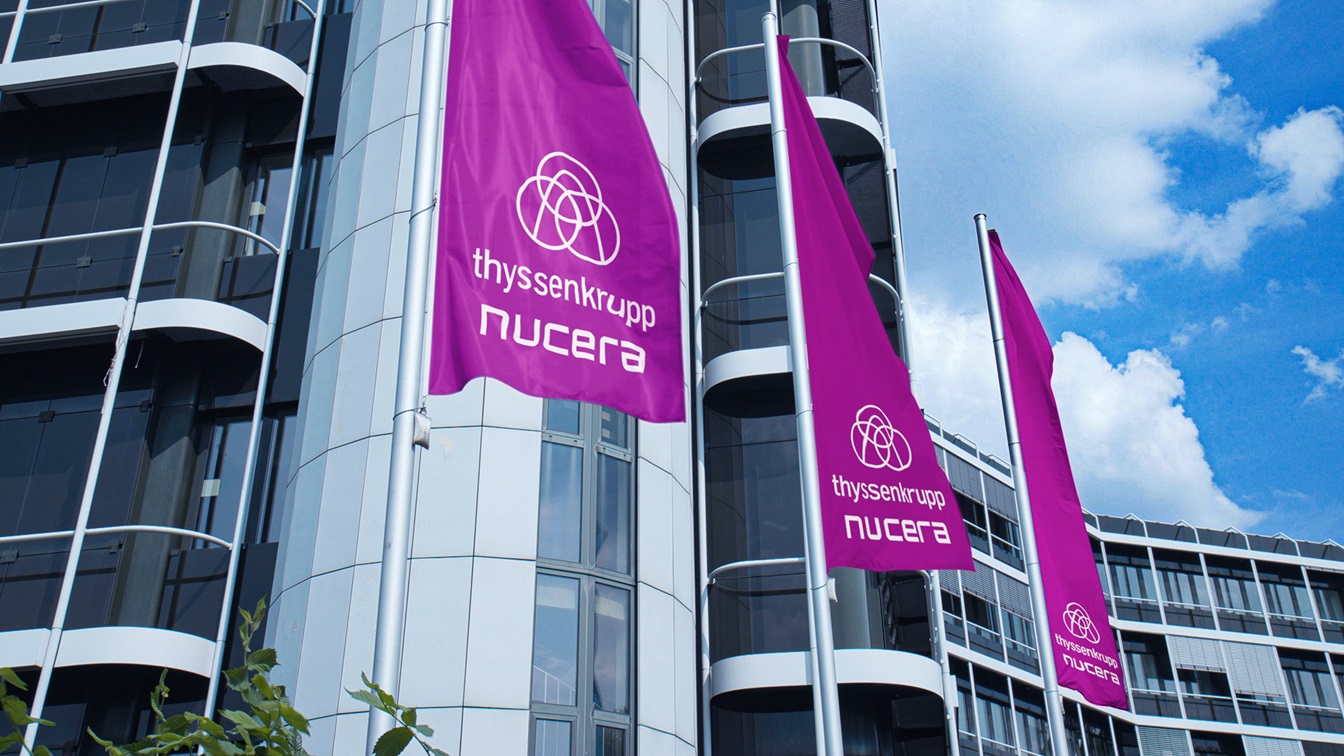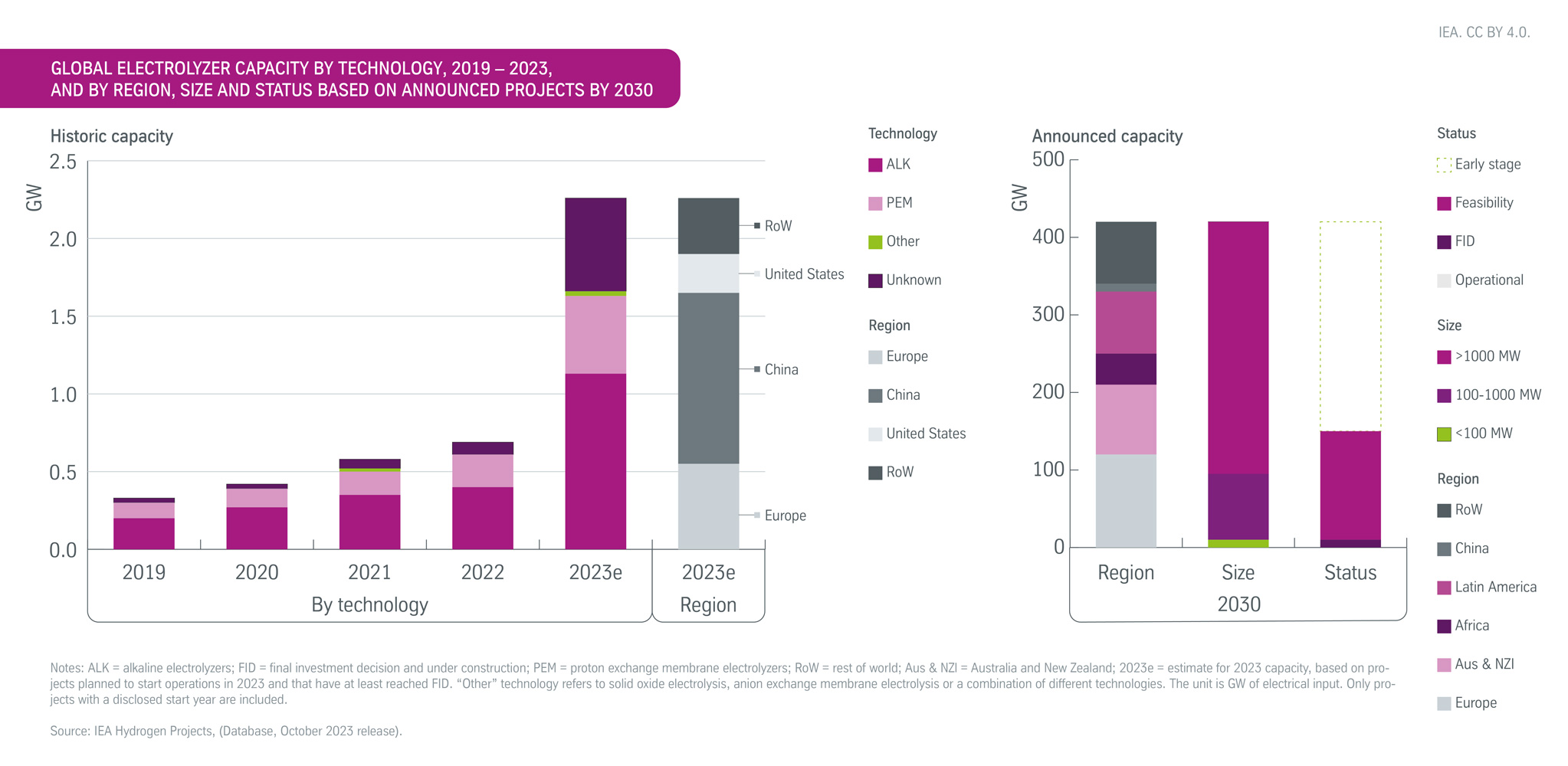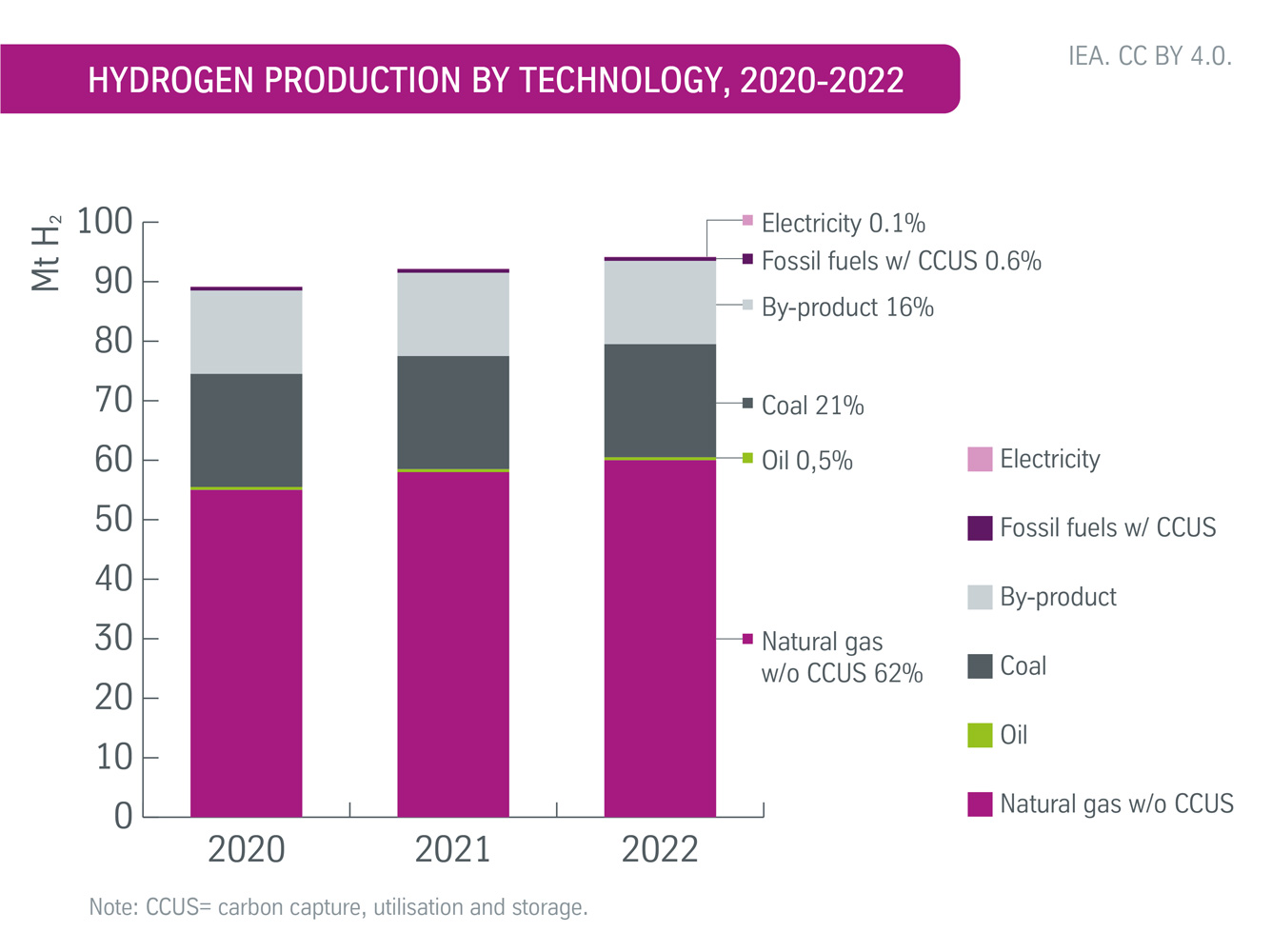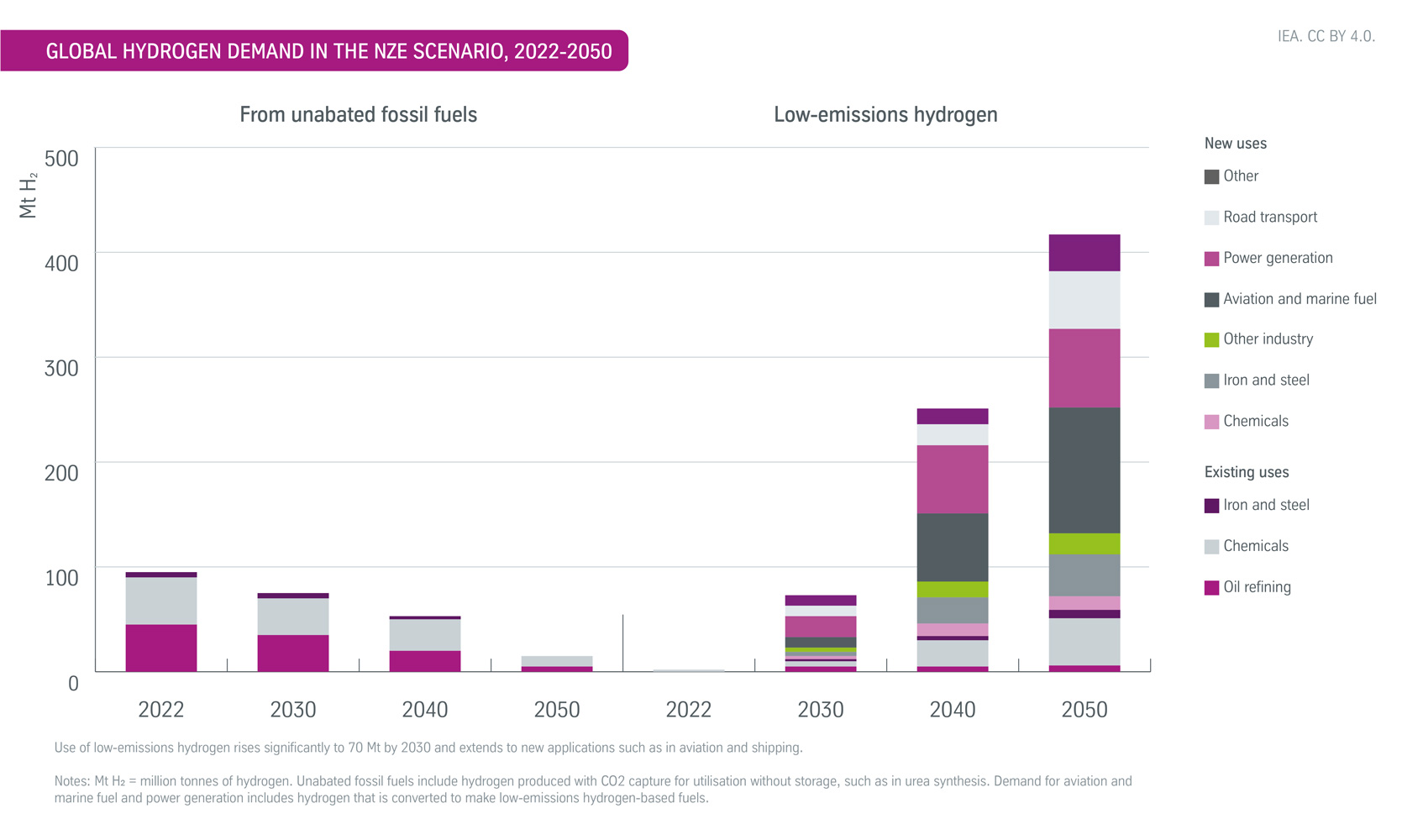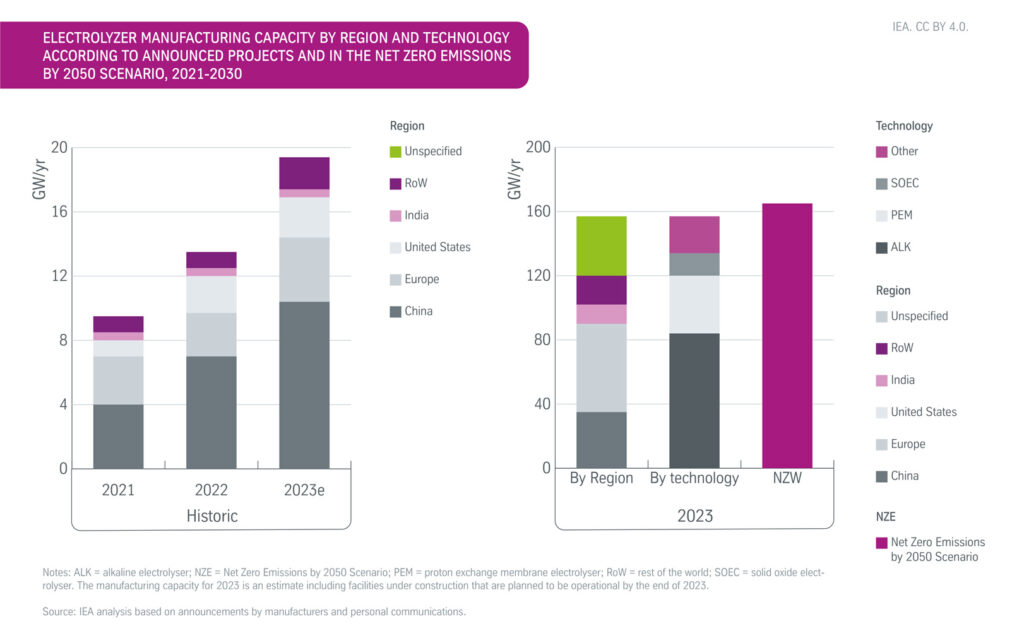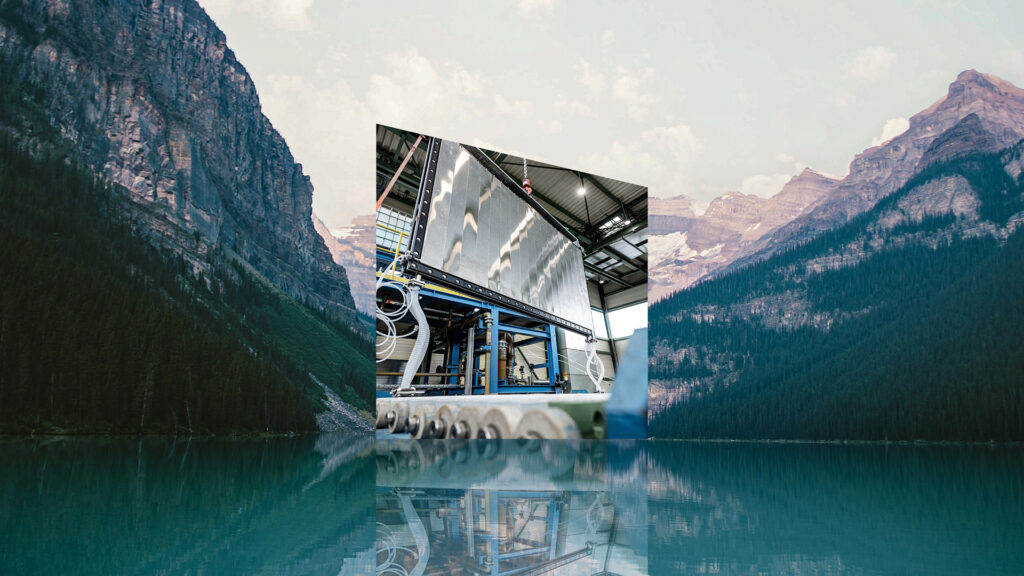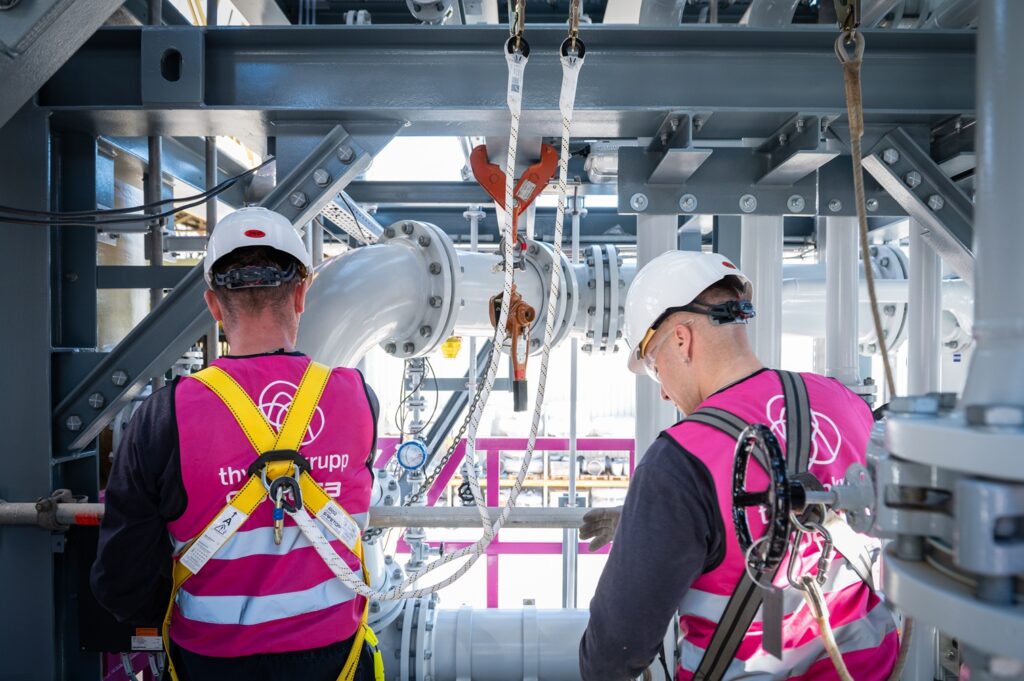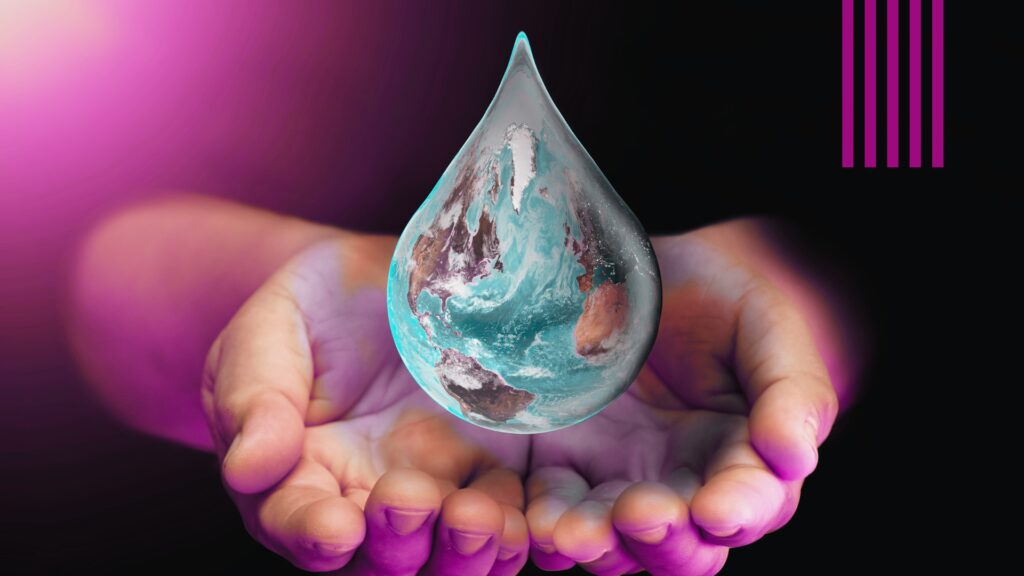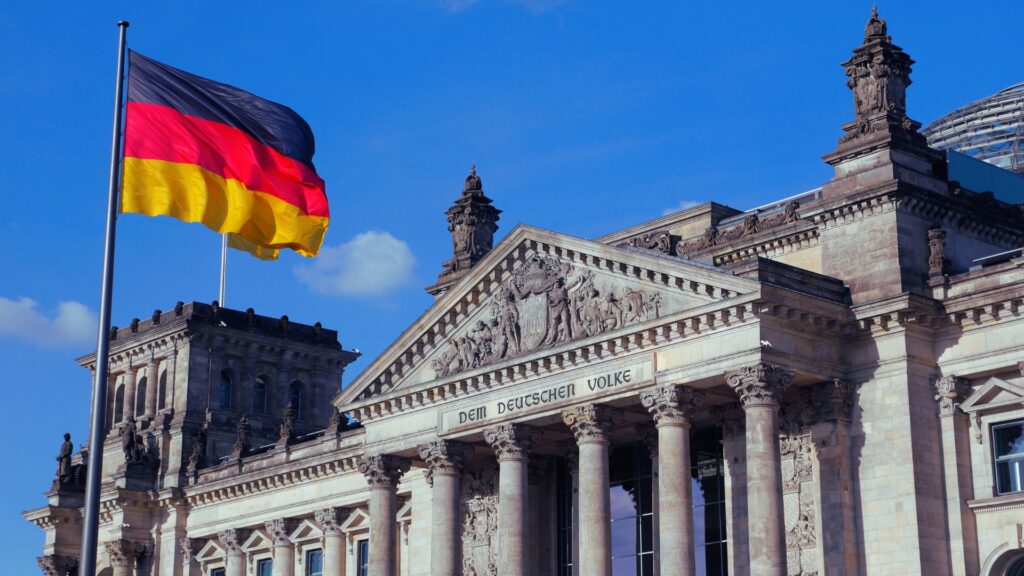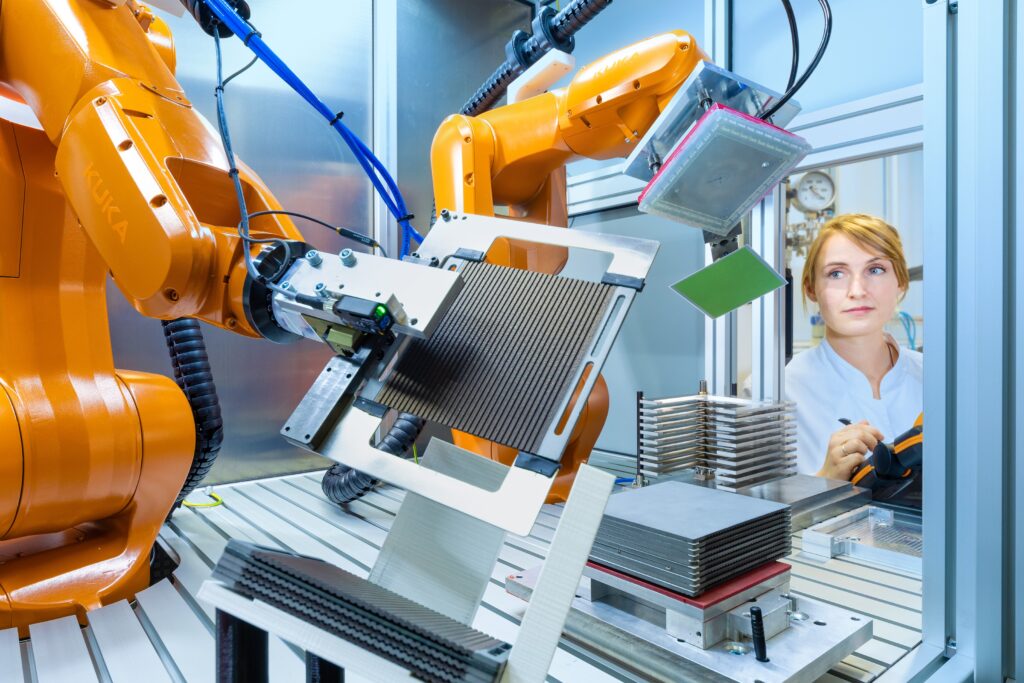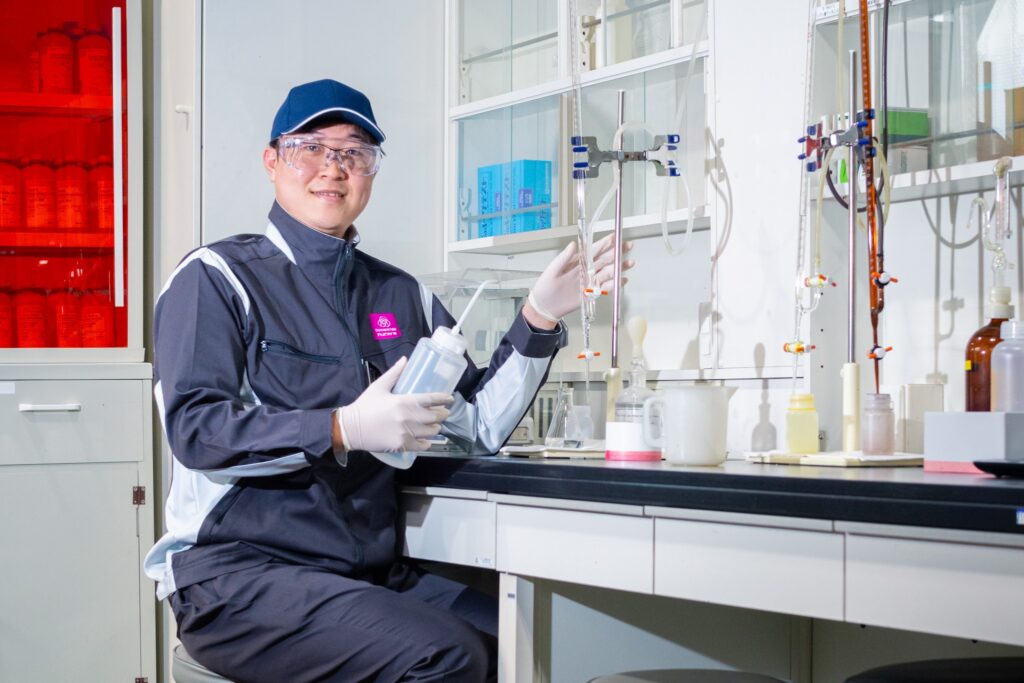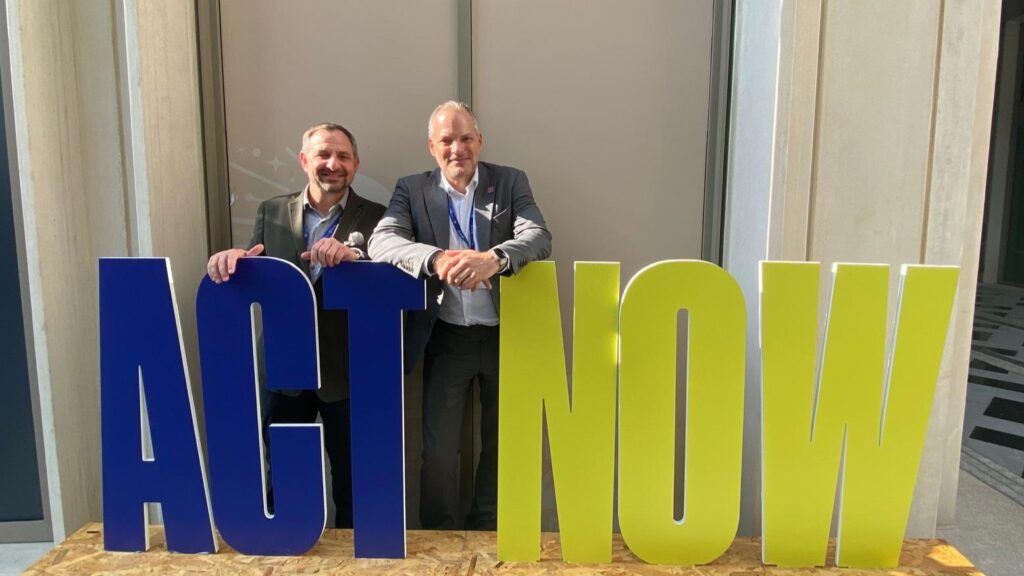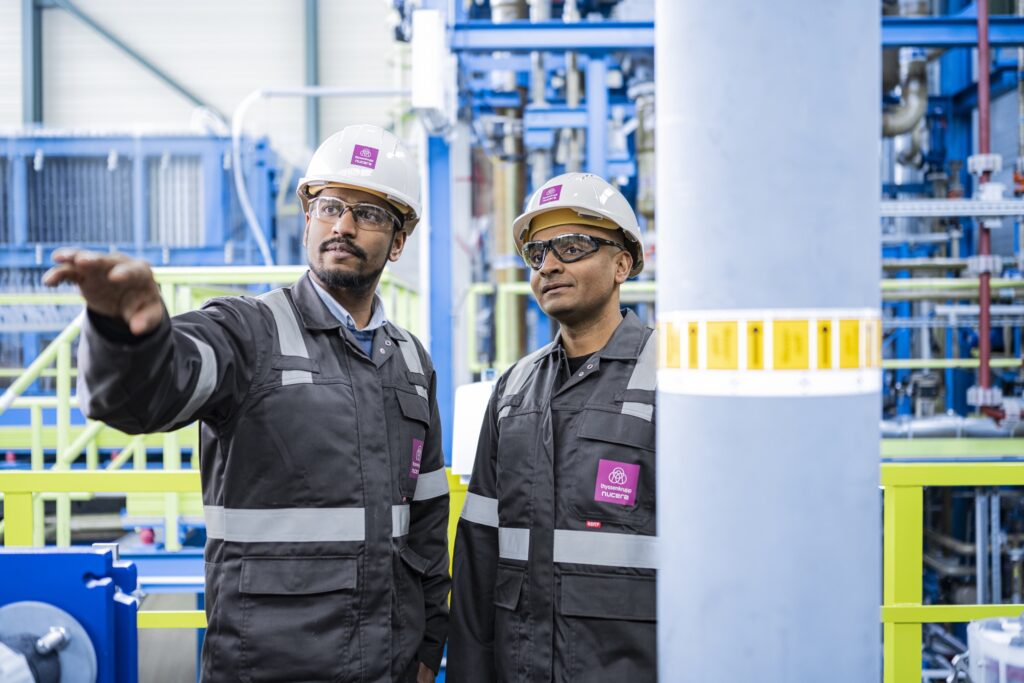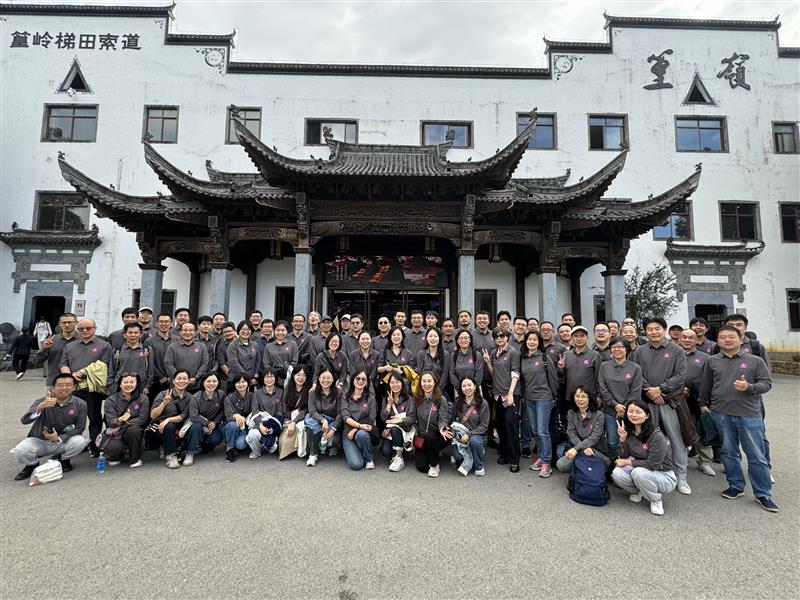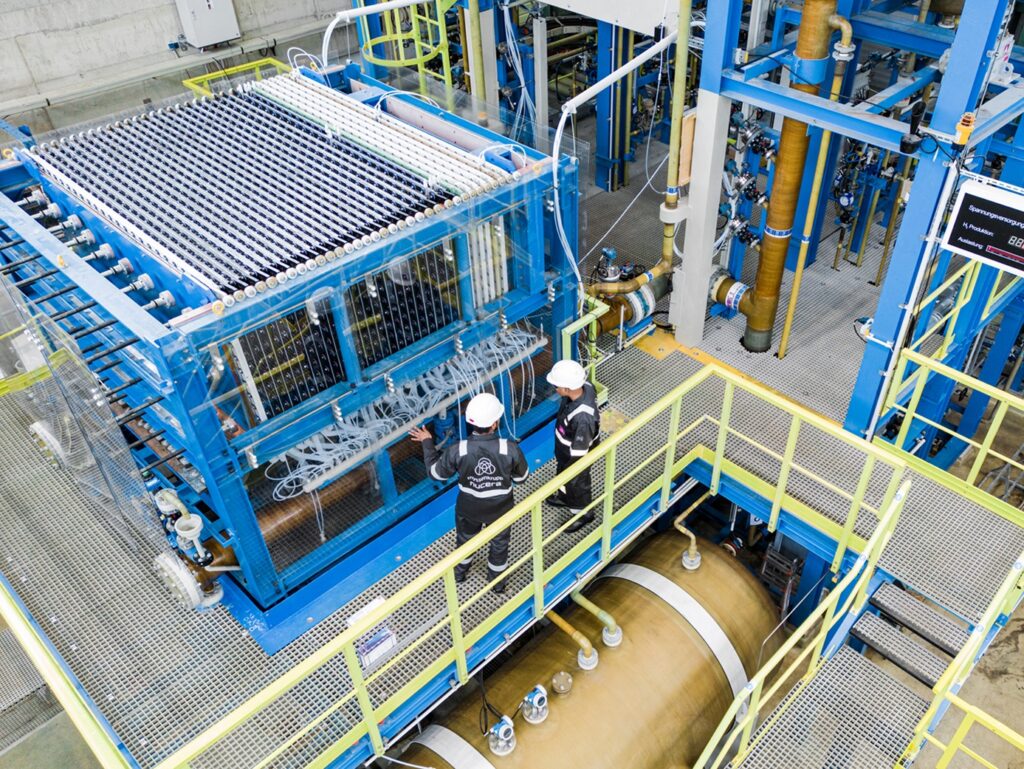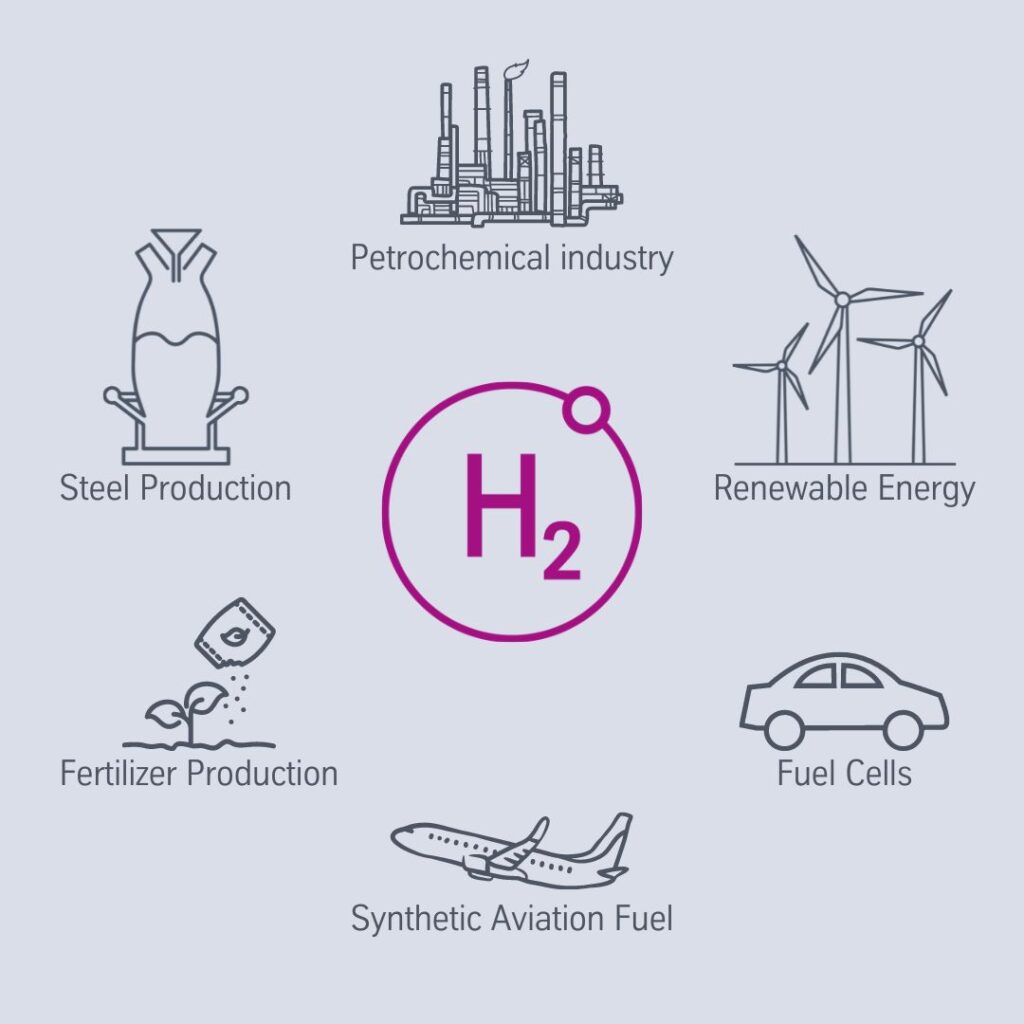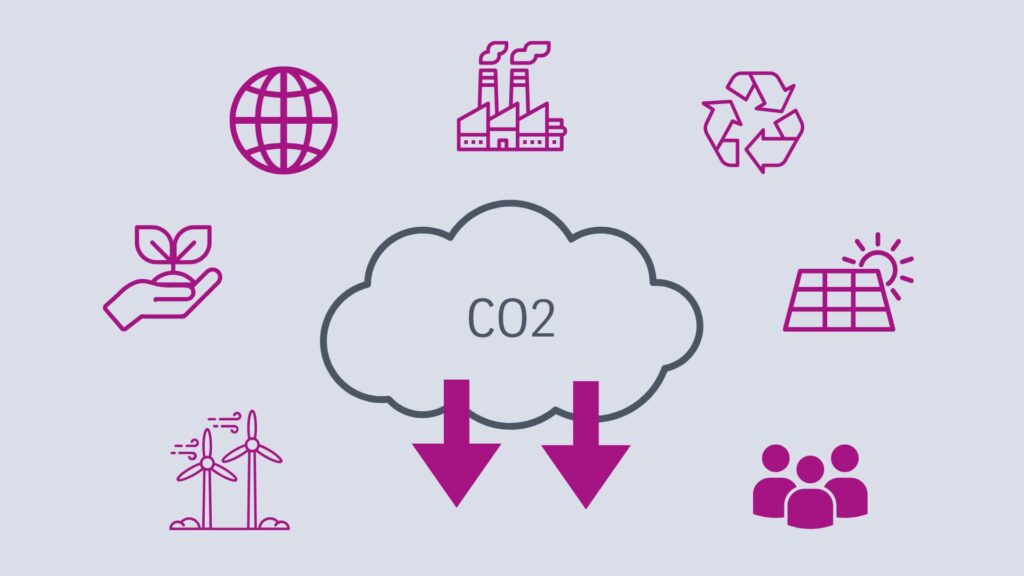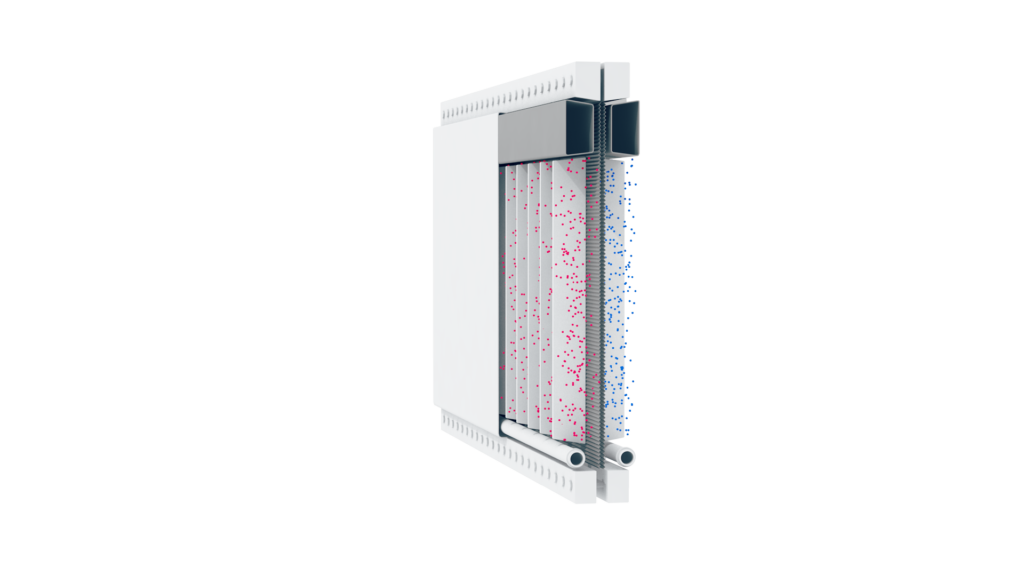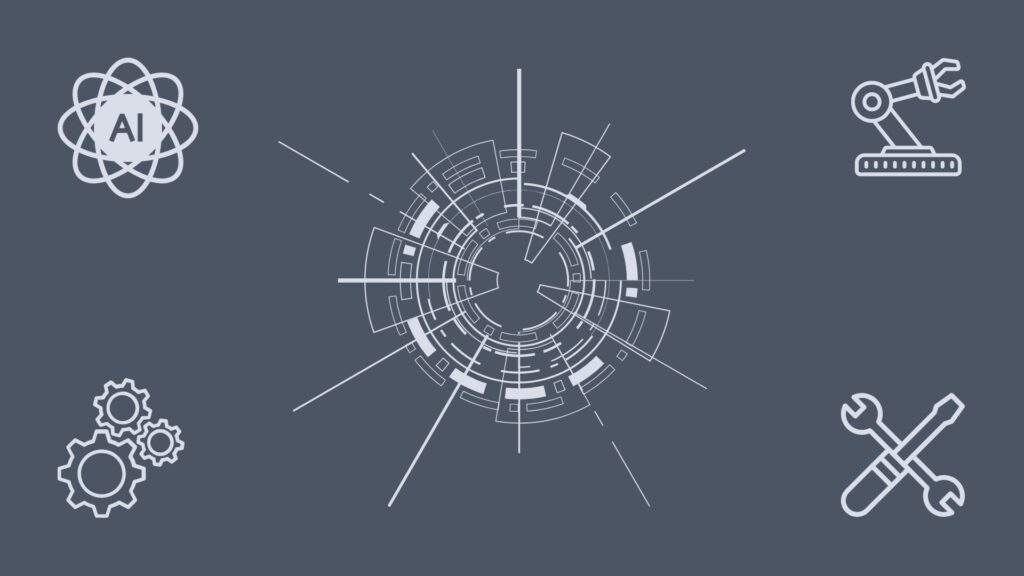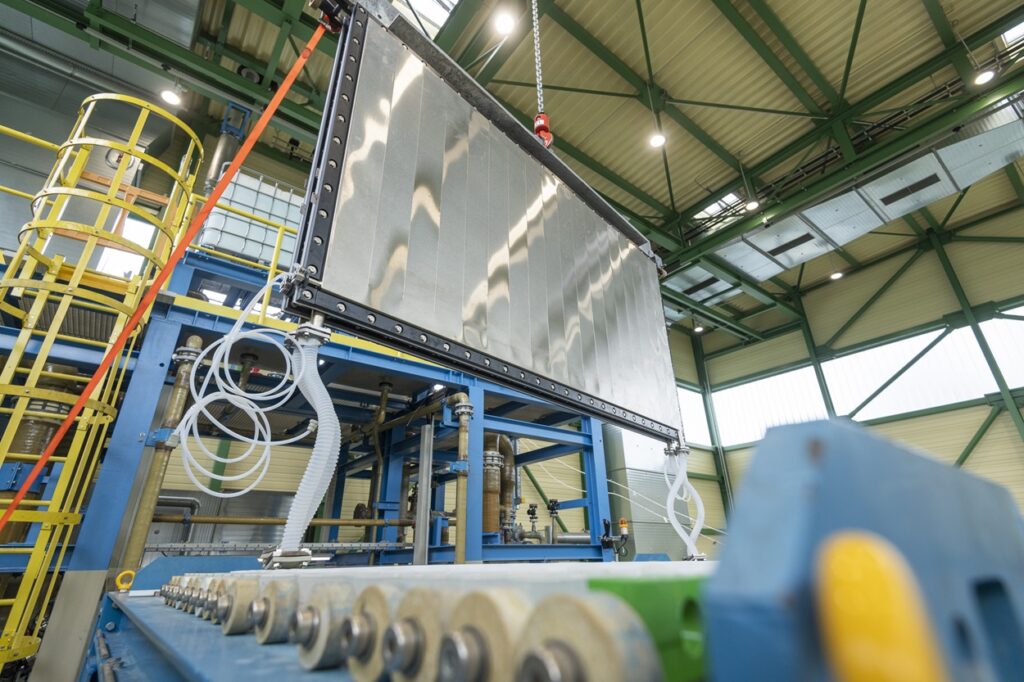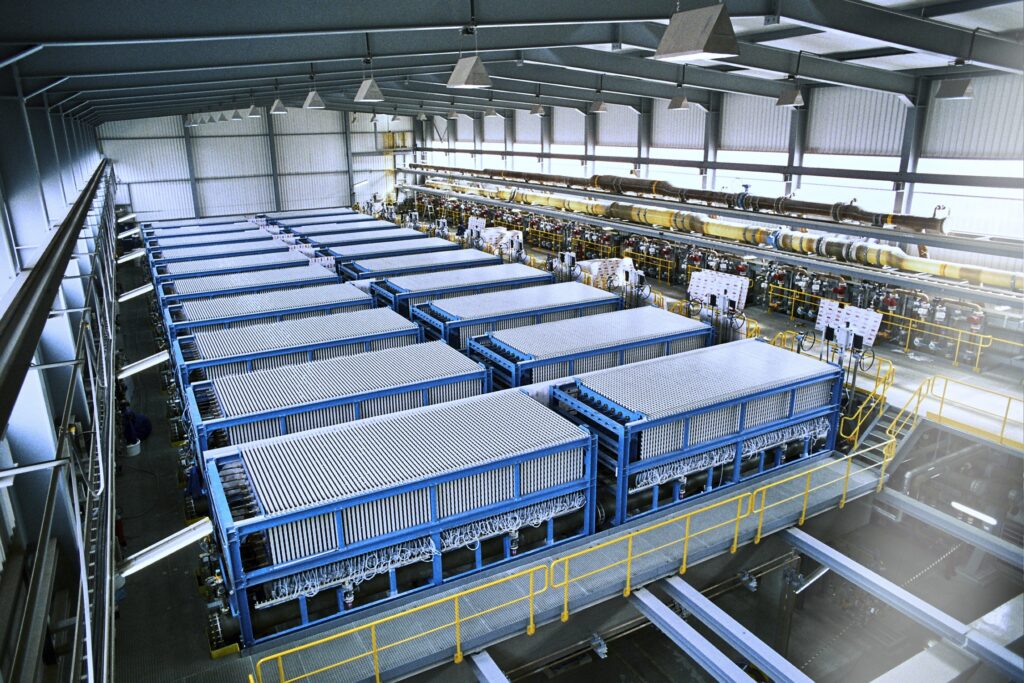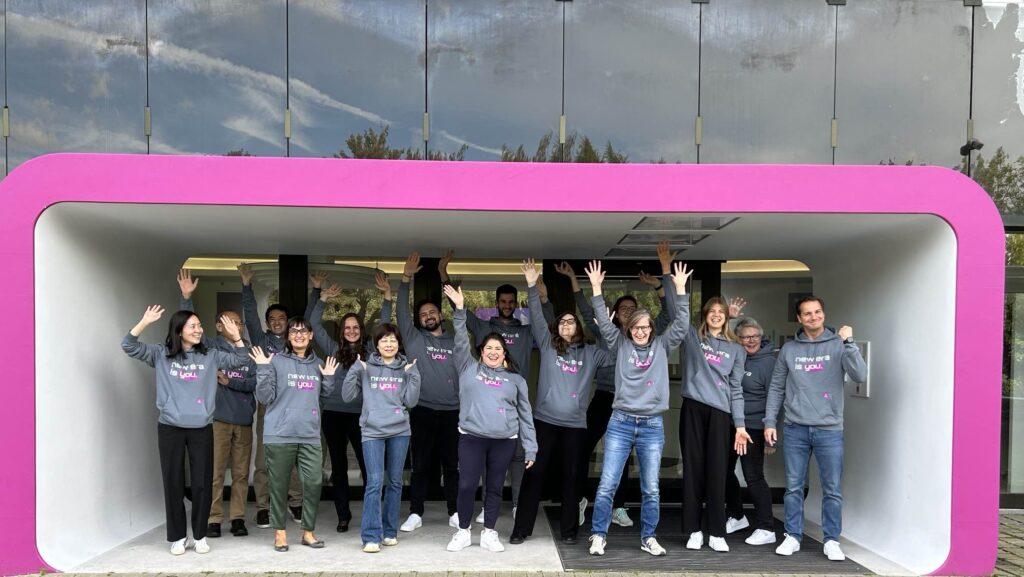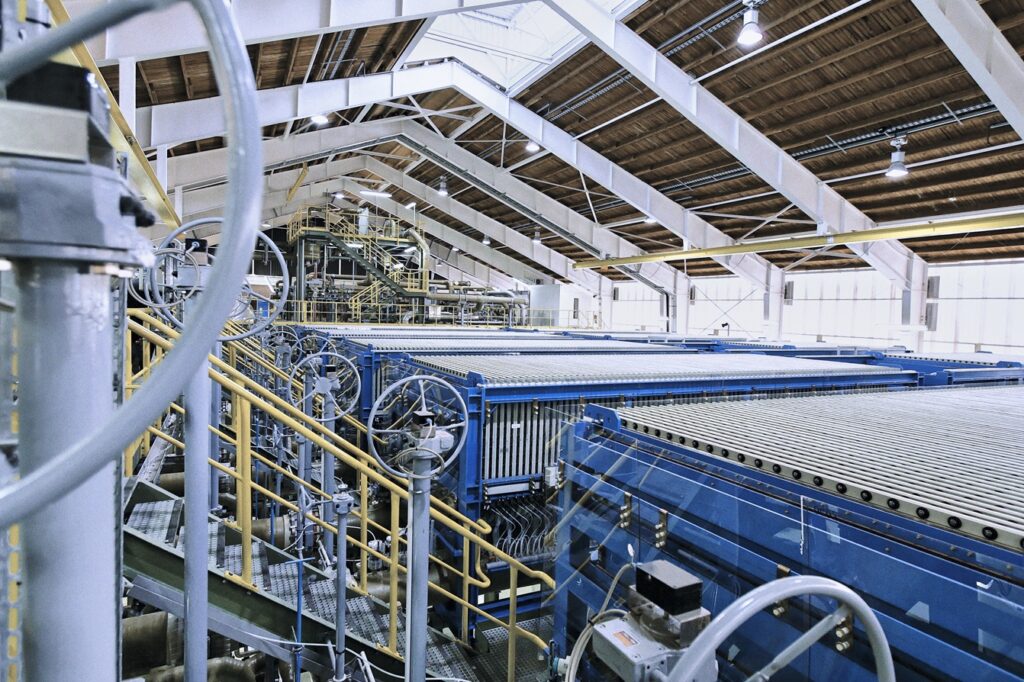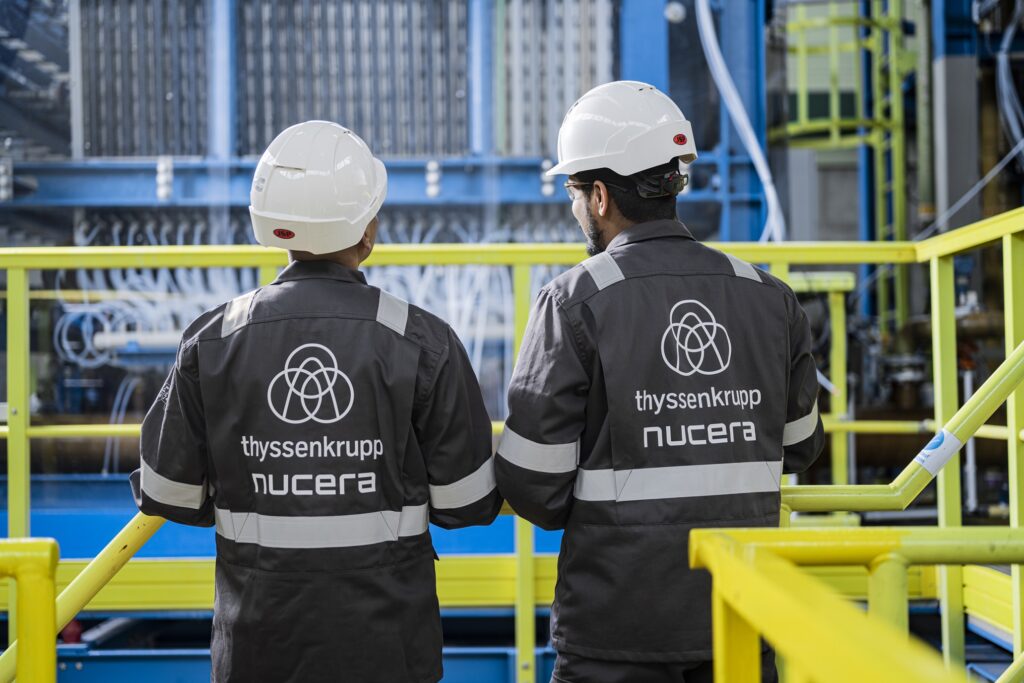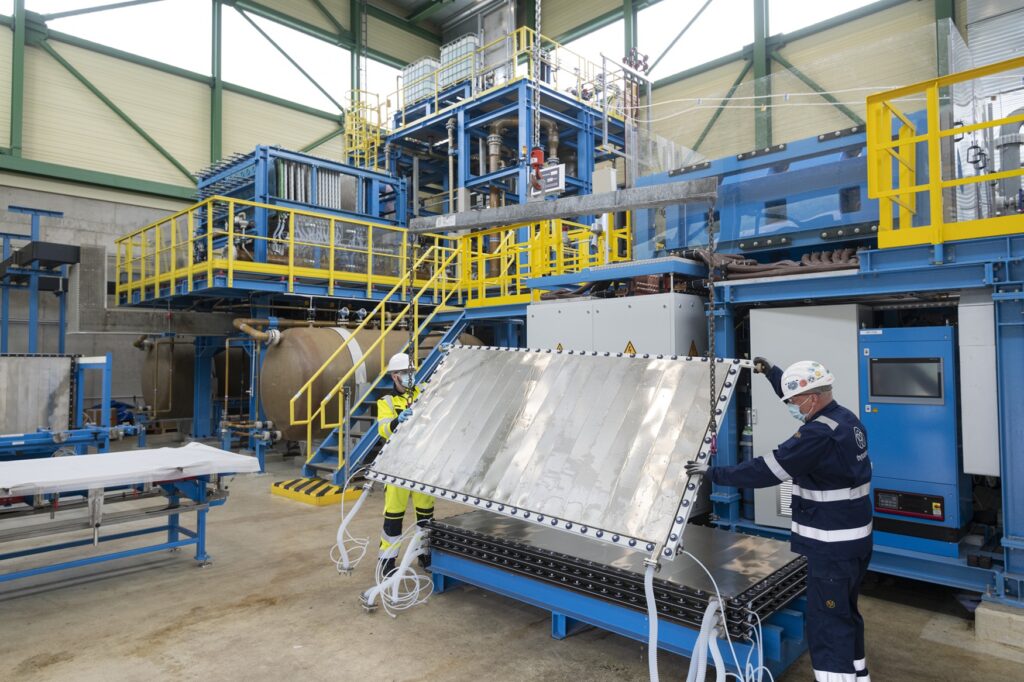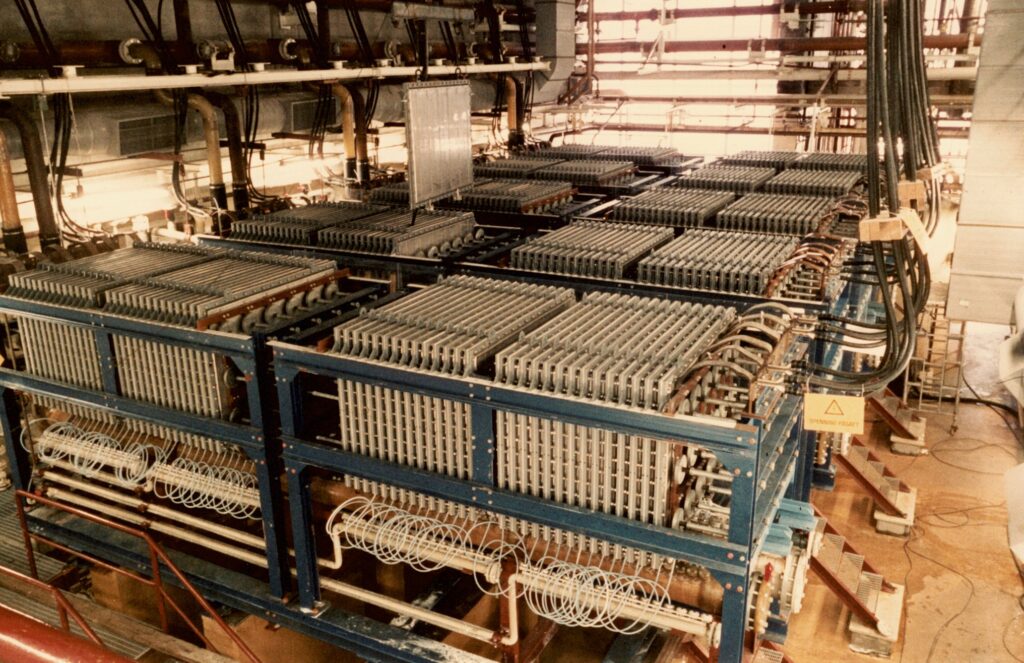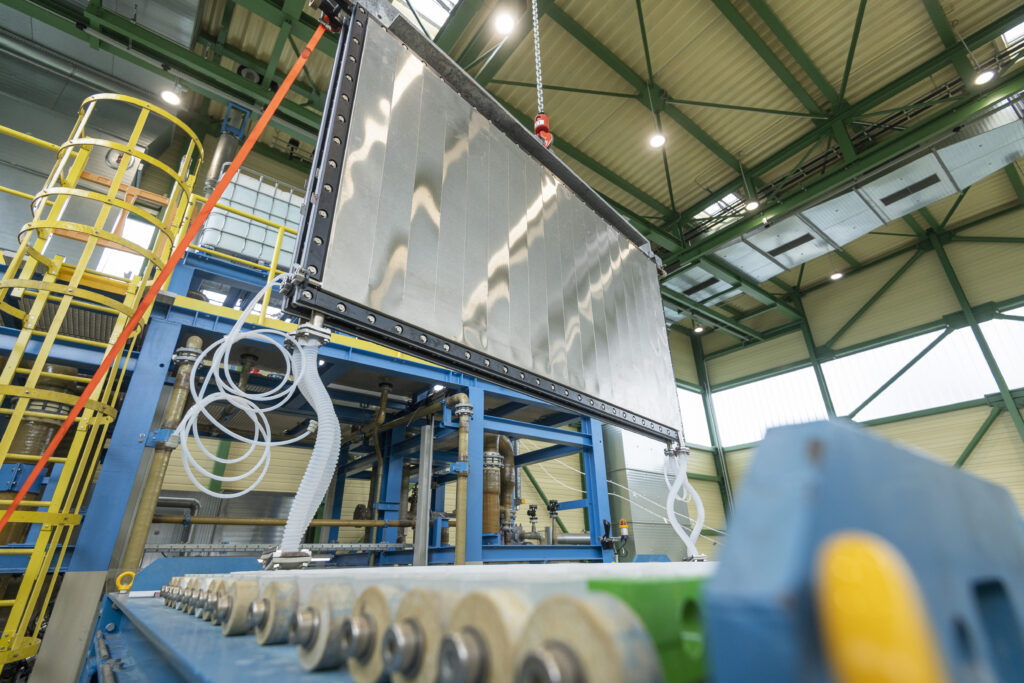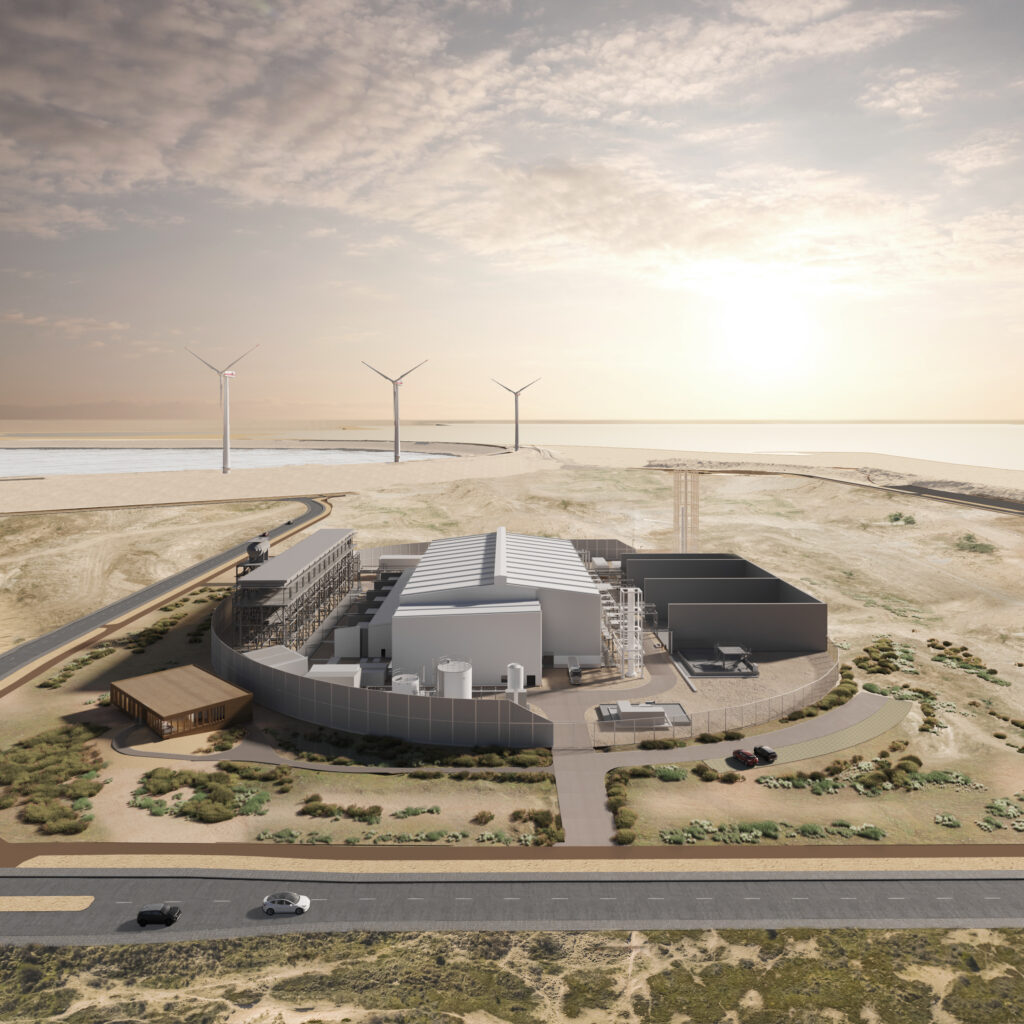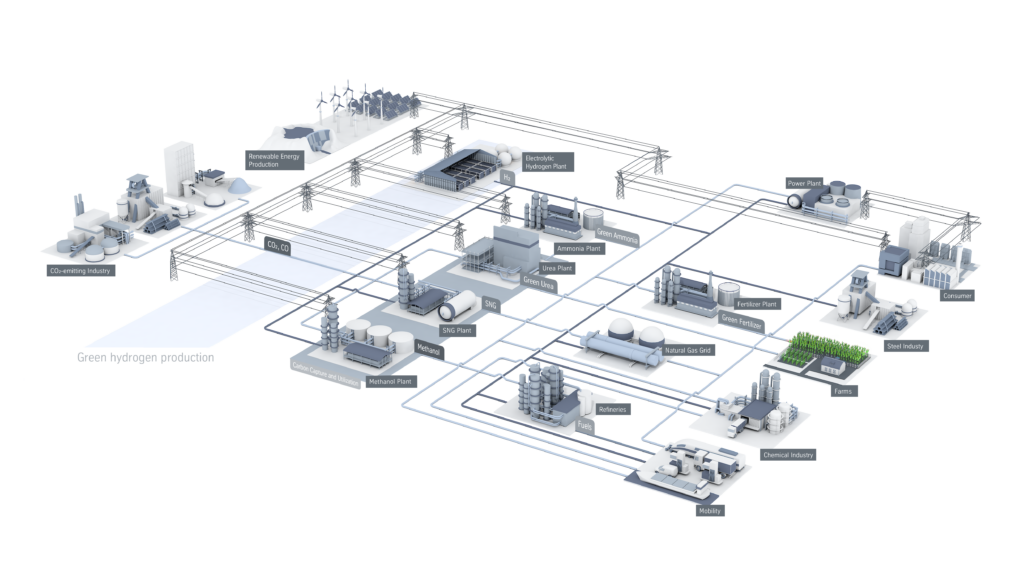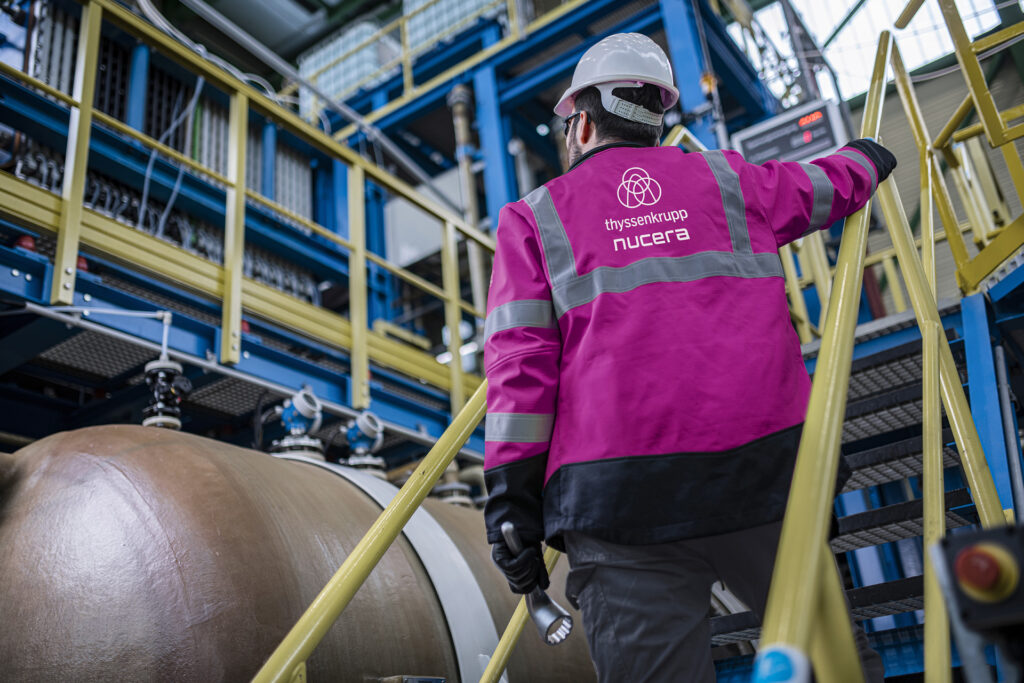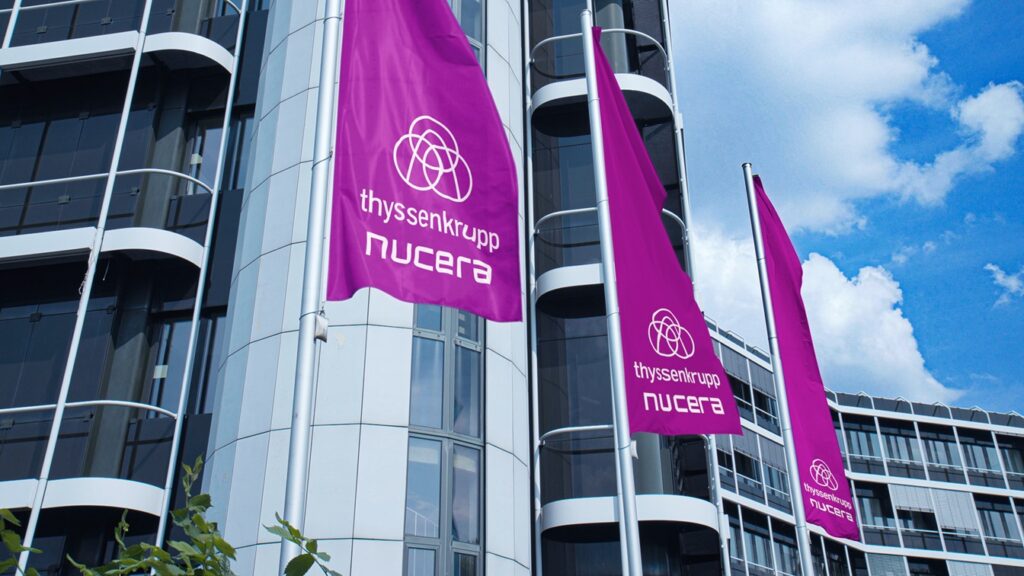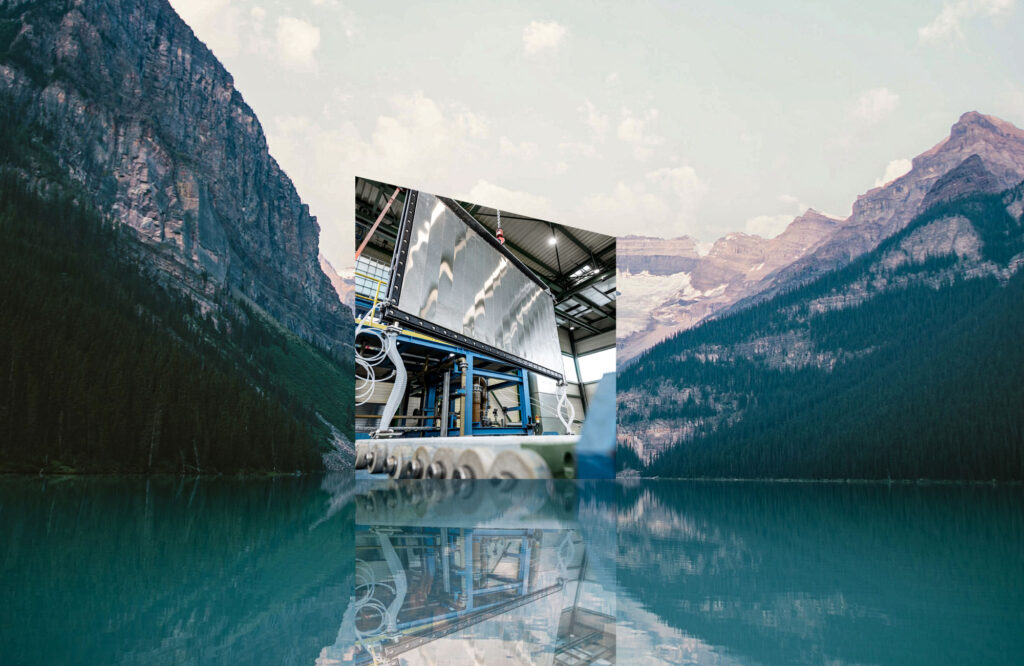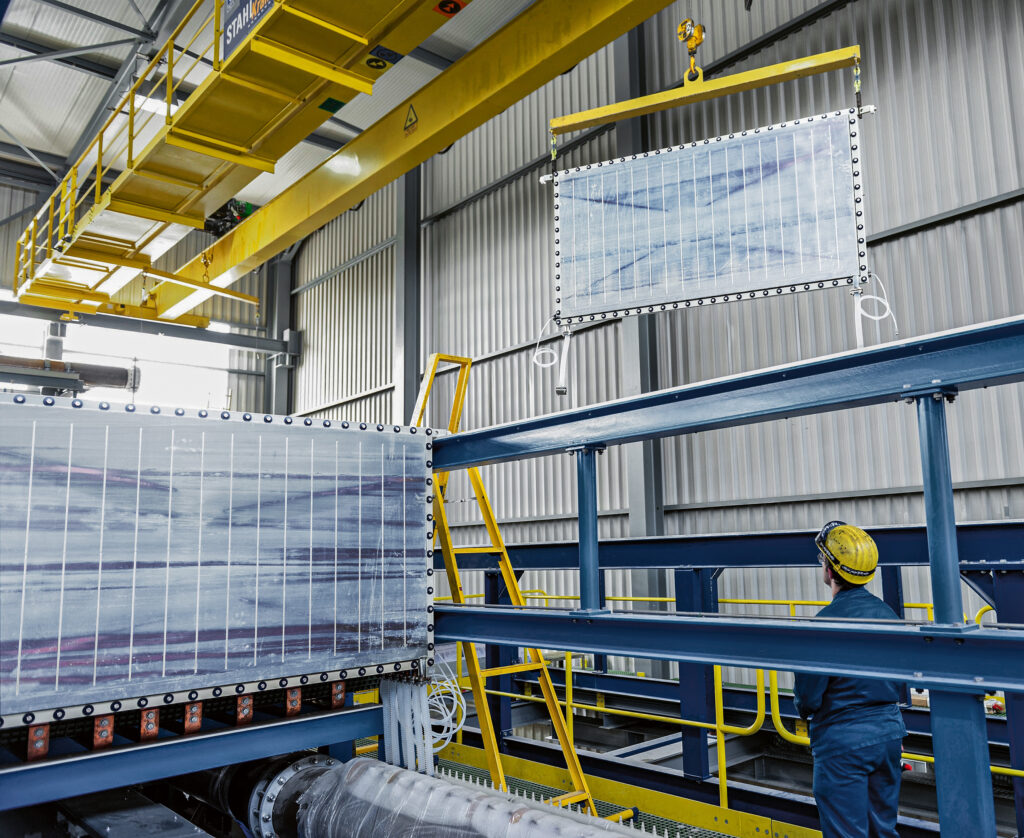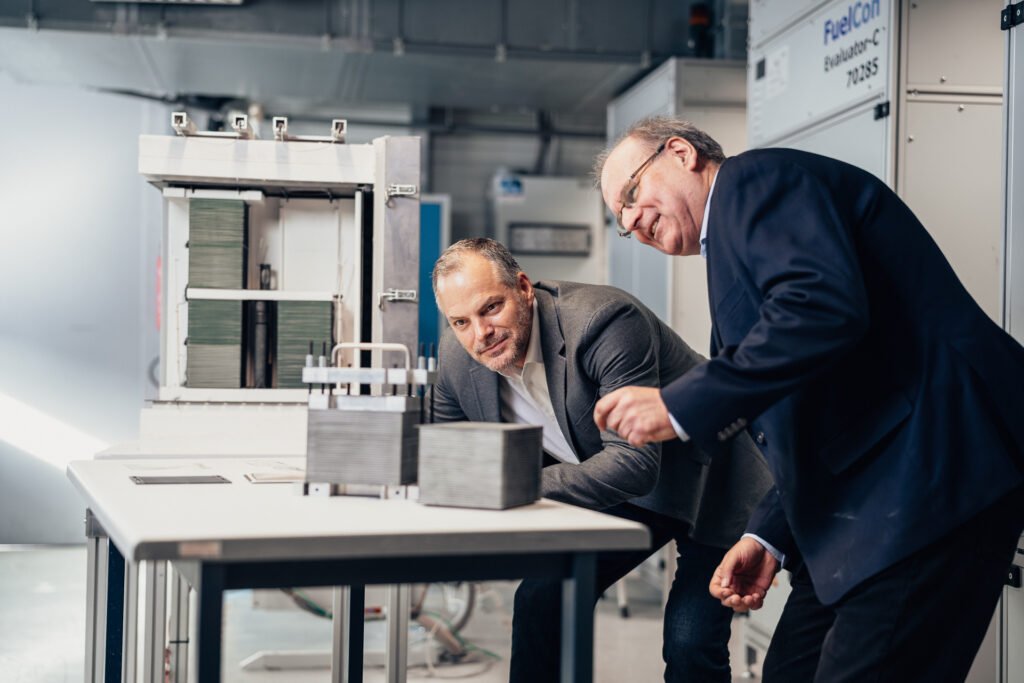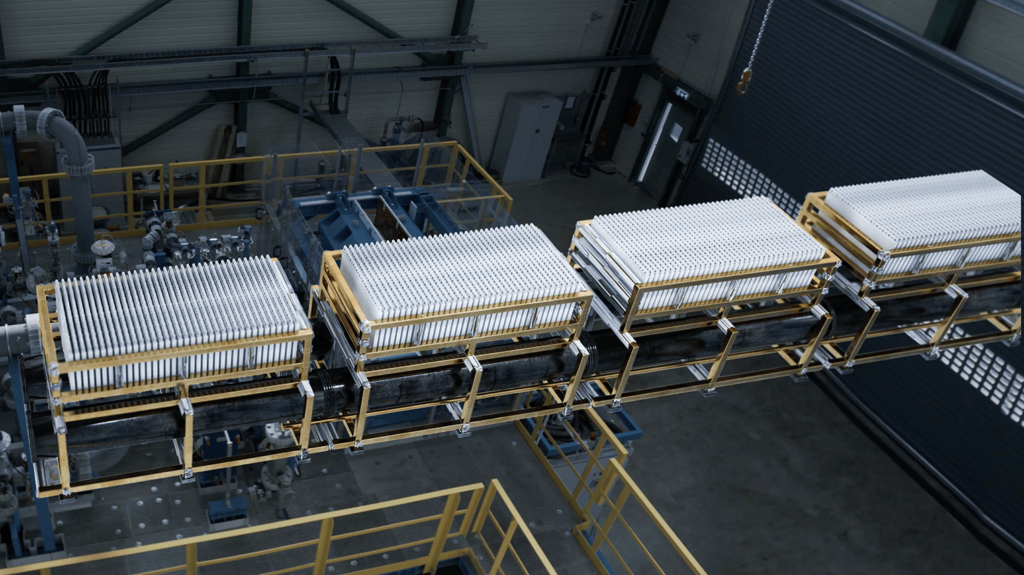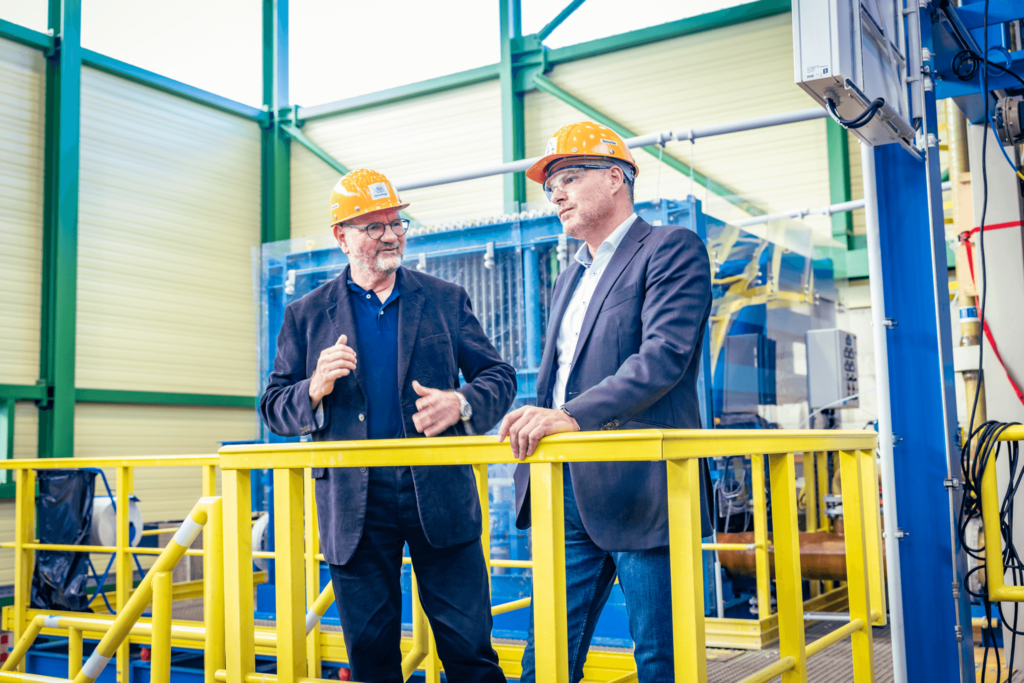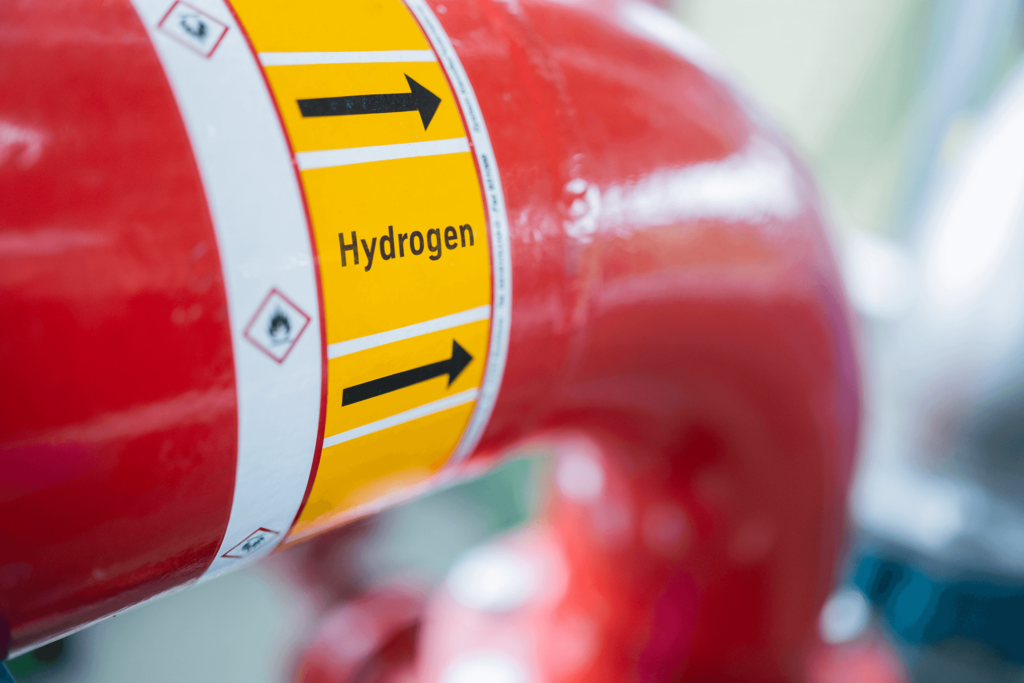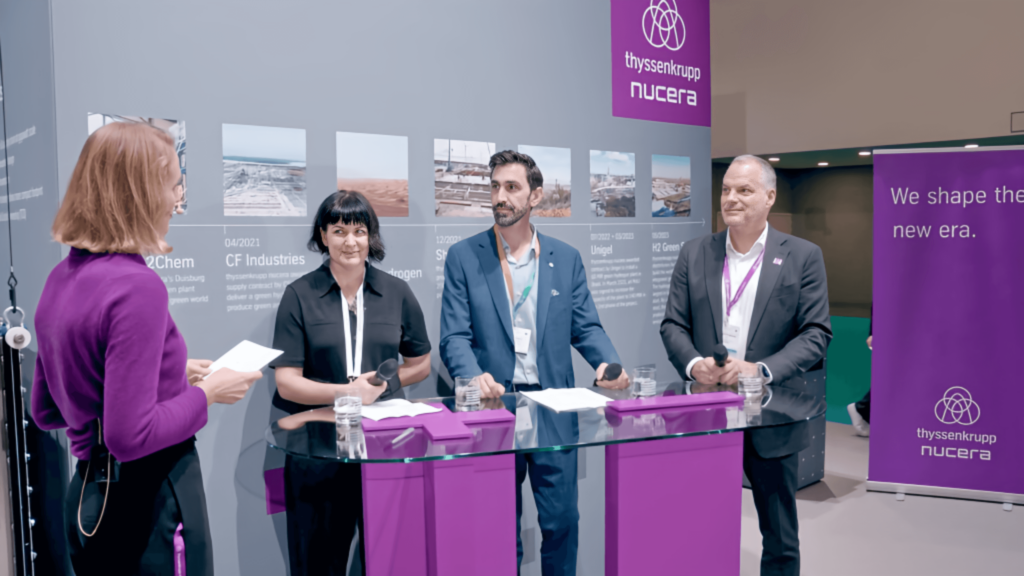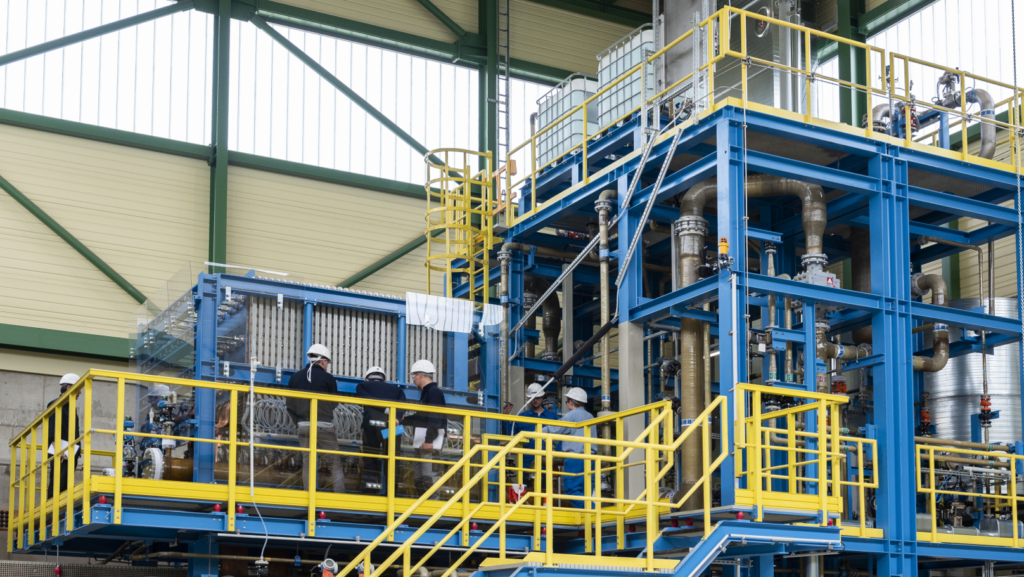Did you know that today’s gray hydrogen production leads to significant CO₂ emissions of up to 350m tons per year¹? Why is that? And how can we overcome this hurdle on the path to the energy transition?
2023 was a record year for green hydrogen: We have finally seen companies with large-scale projects in Europe placing firm orders for electrolyzers, such as the H2 Green Steel project ordering over 700 MW of electrolyzer capacity2. At the same time, the deployed electrolyzer capacity is estimated to have reached more than 2 GW3 globally, which is almost three times higher than the installed capacity reached at the end of 20221,4. It should be possible to produce more than 200,000 tons of green hydrogen per year with the installed capacity.5 A tremendous success, yet it is just a tiny early milestone compared to the ambitious 2030 green-hydrogen-production targets of governments and regions. Just the European Commission alone, for example, envisions a European production of 10m tons of green hydrogen by 2030 as well as an additional 10m tons of green hydrogen imports to Europe from other regions.
Gray Hydrogen sets the context
A comparison with gray hydrogen production puts the current green hydrogen milestones into perspective and shows what the green hydrogen industry needs to do to achieve its goals in the coming years: In 2022, more than 95m tons of hydrogen were produced globally, with more than 99 % stemming from non-renewable sources7. Gray hydrogen production is roughly 475 times larger than current green hydrogen production and is responsible for CO2 emissions of up to 350m tons per year. The current gray hydrogen production needs to be replaced with green hydrogen production so that CO2 emissions from hydrogen production are almost completely avoided.
What would be necessary to meet today's hydrogen demand with only green hydrogen?
Increase in global hydrogen production of 3% per year
Thus, the CO2 emissions from global hydrogen production will continue to increase until we manage to add more than 26 GW of electrolyzer capacity per year. This means that the next big milestone for the electrolyzer industry to achieve is reaching a yearly production capacity of more than 26 GW and putting these in operation. Only from this moment onwards will the CO2 emissions from hydrogen production decrease.10
Future areas of application for hydrogen not included in the current demand
It is also worth noting that the earlier considerations are based on the current applications of hydrogen. Future hydrogen applications, for example, in the steel, mobility, or heating industry do not impact the current hydrogen demand, but will lead to an accelerated growth of the hydrogen demand. According to the IEA, the global hydrogen demand could reach more than 400 Mio tons per year by 205011, which would be an increase by more than 400 % within just over two and a half decades. Naturally, the estimations for 2050’s hydrogen demand are subject to a level of uncertainty. Other scenarios estimate a hydrogen demand of 660 Mio tons per year by 205012, an increase by almost 700 %. However, the overall trend is obvious. New applications will multiply the current hydrogen demand to higher levels, which of course further drives demand for electrolyzer deployment.
The enormous demand means a huge growth in installed electrolyzer capacity
Milestones to be reached in the next years
The required magnitude of electrolyzer capacity to be installed annually is impressive, yet provides a clear outline of milestones to be reached in the next years:
- Milestone 1: Adding 26 GW electrolyzer capacity per year, so that the yearly CO2 emissions from hydrogen production do not grow any further.
- Milestone 2: Adding 61 GW (35 GW+26 GW) electrolyzer capacity per year, so that a pathway is reached to replace the hydrogen demand of current applications.
- Milestone 3: Adding 150 GW electrolyzer capacity per year, so that a pathway is reached to cover the full hydrogen demand in 2050 solely with green hydrogen.
The required numbers are impressive compared to previous years, where barely a few hundred MW of electrolyzer capacity were added per year. But at the same time, these numbers indicate a massive opportunity for electrolyzer manufacturers: Afterall, the demand for electrolyzers will need to increase by three orders of magnitude in the next years.
The technology is ready: Electrolyzer manufacturers are on track to reach these milestones
The good news is that electrolyzer manufacturers accept the challenge and are already well on track to reach the previously mentioned milestones, so that these targets might be reached sooner than expected. In 2022, European electrolyzer manufacturers together with the European Commission mutually agreed to reach a combined manufacturing capacity of 25 GW in 202515, which is a prerequisite of ‘Milestone 1’. Globally, the electrolyzer manufacturing capacity could reach more than 150 GW per year by 2050 according to IEA studies.16 Even though ‘Milestone 3’ is impressive, it could be already be accomplished around 2030.
The electrolyzer technology is ready for GW scale deployments and manufacturing today, which is why the first orders for GW scale projects have been placed17 and are under full execution. thyssenkrupp nucera® as one of the leading electrolyzer manufacturers currently has already a firm order backlog of more than 3 GW, which exceeds today’s globally installed electrolyzer capacity.
Time for 2030 objectives is running out
Challenge and opportunity: Getting projects ready for placing orders
The need to substitute 95m tons per year gray hydrogen production, represents both a huge challenge and a great opportunity for the electrolyzer industry. In addition to the expected annual increase of 35 GW of electrolyzer capacity that will be needed to replace this 95m tons of gray hydrogen, a further 26 GW of electrolyzer capacity will need to be installed each year just to compensate for the currently expected 3% annual growth of hydrogen demand. To enable the fulfillment of 2050’s expected green hydrogen demand, an astonishing 150 GW of electrolyzer capacity will need to be installed per year. These milestones can be reached within the current decade since the electrolyzer industry is meeting this challenge and has already started to grow manufacturing capacity exponentially. Now that the preconditions are fulfilled, the key will be to getting regulatory and financial backing in place to allow these projects to proceed and allow the placement of electrolyzer orders and producing the needed hydrogen.
